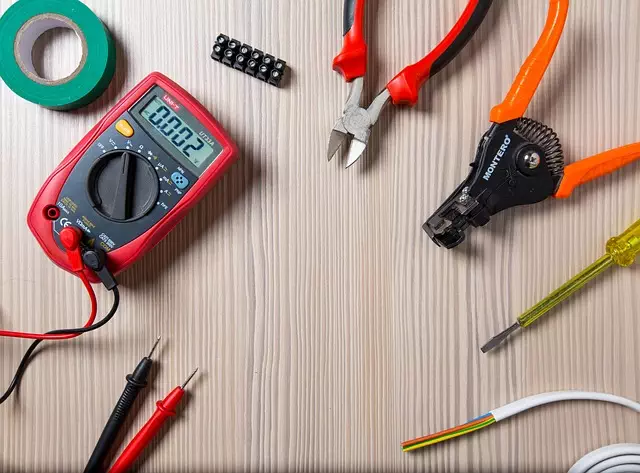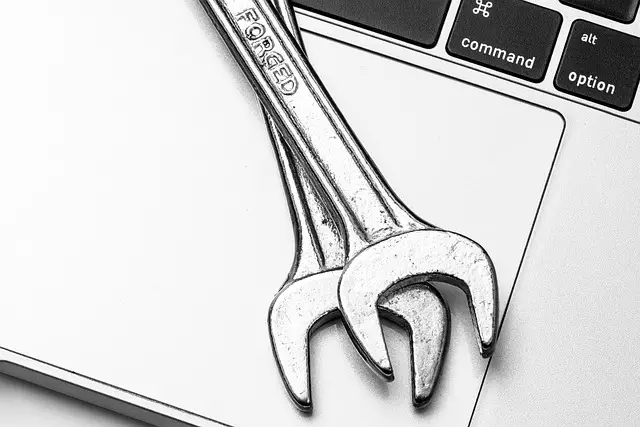Sewers are vital for urban waste management but can face issues like corrosion, cracks, and blockages. Prompt identification using advanced Sewer Line Repair Tools is crucial for efficient Sewer Line Repair Toledo. Technologies such as video cameras, sensors, drones, and pressure gauges enable non-invasive inspections, minimizing excavation. Sewer Line Repair Methods include relining, patching, and complete replacement, with regular maintenance preventing major failures. In Toledo, skilled professionals use these tools to restore optimal sewer system flow and prevent environmental hazards.
“In every well-maintained community, the unseen infrastructure—especially sewer lines—plays a pivotal role in public health and safety. This article delves into the critical aspect of Sewer Line Repair Toledo, exploring common issues plaguing these systems and their impact on daily life. We equip readers with insights on Sewer Line Repair Tools and Sewer Line Repair Methods, highlighting best practices for successful repairs. Understanding these processes is essential for both professionals and homeowners, ensuring efficient troubleshooting and long-lasting solutions to Toledo’s sewer line challenges.”
- Understanding Sewer Line Issues and Their Impact
- Essential Tools for Effective Sewer Line Inspection
- Common Sewer Line Repair Methods: A Comprehensive Overview
- The Process of Locating and Accessing Sewer Lines
- Best Practices for Successful Sewer Line Repairs in Toledo
Understanding Sewer Line Issues and Their Impact
Sewers are an essential part of any urban infrastructure, facilitating the safe disposal of waste and wastewater. However, over time, sewer lines can develop various issues that impact their functionality. Understanding these problems is crucial for efficient Sewer Line Repair Toledo. Common issues include pipe corrosion, cracks or breaks in the pipeline, root intrusion, and blockages caused by debris or tree roots. These issues not only obstruct the flow of wastewater but can also lead to costly damage if left unattended.
When sewer lines fail, it results in more than just inconveniences; it can cause severe environmental and health hazards. Overflowing sewage can contaminate water sources, leading to potential public health crises. Moreover, damaged sewer lines often require immediate attention as they can disrupt the entire wastewater management system, affecting both residential and commercial areas. Thus, prompt identification of problems using advanced Sewer Line Repair Tools and employing effective Sewer Line Repair Methods is vital to ensure smooth operations and maintain a healthy environment.
Essential Tools for Effective Sewer Line Inspection
When it comes to effective sewer line inspection for repairs, the right tools make all the difference. Professionals in Toledo often rely on advanced technologies such as video inspection cameras that can navigate tight spaces and provide clear visuals of pipe conditions. These cameras are attached to flexible cables and transmitted to a monitor, allowing for detailed examination of the sewer lines without excavation.
Complementing this technology are various sensors and measurement devices that gauge the line’s structural integrity. Tools like pressure gauges and flow meters help identify blockages or leaks, while sonar equipment can detect anomalies in pipe depth and diameter. Additionally, high-resolution drones equipped with HD cameras offer a bird’s-eye view, particularly useful for assessing larger networks. These combined methods enable accurate assessment of sewer line repair needs, ensuring efficient and targeted solutions for Toledo residents and businesses.
Common Sewer Line Repair Methods: A Comprehensive Overview
When it comes to sewer line repairs in Toledo, understanding the various methods and tools available is essential for effective and efficient fixes. Common Sewer Line Repair Methods include relining, patching, and complete replacement, each with its own set of benefits and challenges. Relining involves inserting a new pipe within the existing one, providing a smooth interior surface that enhances water flow. This method is popular due to its minimal excavation requirements and ability to restore full pipe capacity.
Patching, on the other hand, addresses smaller issues like cracks or holes using specialized materials such as epoxy injections or fiber glass wraps. It’s ideal for localized damage, but may not be suitable for extensive leaks. Complete replacement involves digging up the affected section of sewer line and installing a new one, offering a comprehensive solution but requiring more time and resources. Choosing the right Sewer Line Repair Tools is also critical; modern equipment like high-pressure water jets, hydraulic bores, and advanced inspection cameras enable precise diagnostics and repairs, ensuring optimal results for any Sewer Line Repair Toledo project.
The Process of Locating and Accessing Sewer Lines
Locating and accessing sewer lines is a meticulous process that forms the foundation for effective sewer line repair in Toledo. Professionals utilize advanced technology, such as video inspection cameras, to peer into the depths of these underground networks. These innovative sewer line repair tools allow for real-time visual analysis, enabling technicians to identify any anomalies or damage. By following the path of the pipes, they can pinpoint specific trouble spots, ensuring precise and targeted repairs.
Once located, accessing the sewer lines involves strategic planning. Depending on the age and layout of the infrastructure, access points may be limited or require specialized equipment. Methods vary from traditional digging to more modern non-invasive techniques. The goal is to gain entry without causing further damage, facilitating efficient maintenance and restoration of these vital urban systems.
Best Practices for Successful Sewer Line Repairs in Toledo
When it comes to sewer line repairs in Toledo, best practices involve a combination of advanced technology and skilled labor. The first step is to utilize high-quality Sewer Line Repair Tools equipped with cameras for accurate inspection. These tools enable professionals to identify issues like cracks, clogs, or leaks without disturbing the surrounding area. Once detected, different Sewer Line Repair Methods can be employed based on the severity of the damage. For minor repairs, relining the pipe using fiberglass or epoxy compounds is an effective and cost-efficient solution. This method involves inserting a liner into the existing pipe, inflating it to create a tight seal, and allowing the material to cure.
For more complex problems, such as extensive corrosion or structural damage, complete replacement may be necessary. Skilled technicians use specialized equipment to excavate and remove the damaged section of the sewer line. They then install new pipes, ensuring proper drainage and minimizing disruptions to nearby properties. Regular maintenance and prompt attention to warning signs, like unusual noises or slow-flowing drains, are crucial in preventing major sewer line failures.


